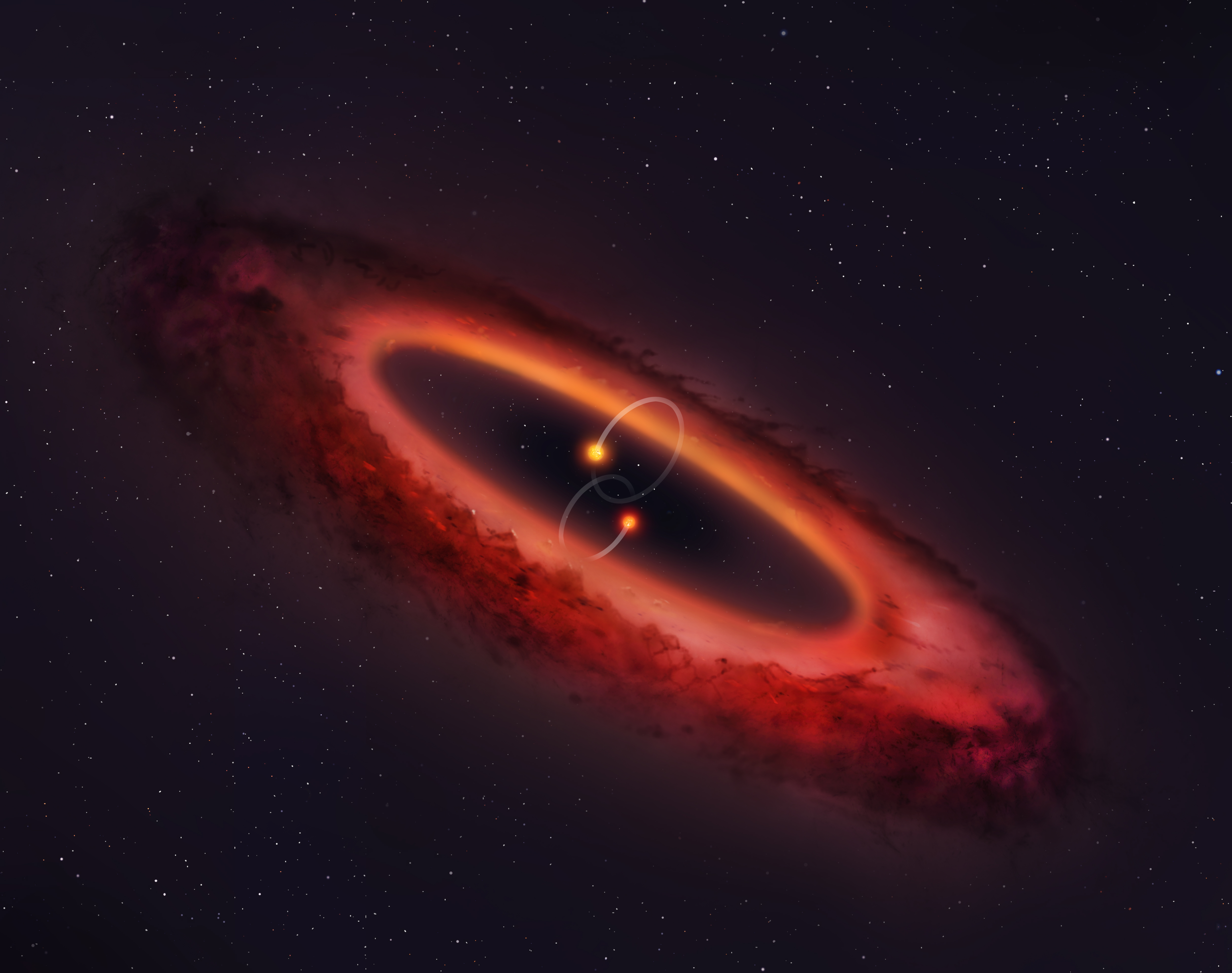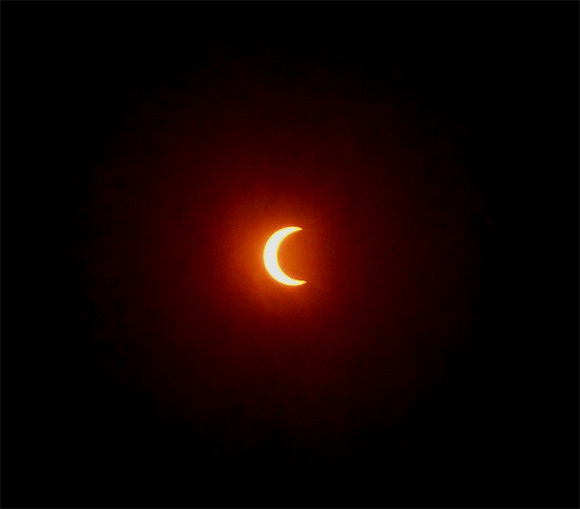Old stellar flashers will be caught in the act in the not-so-distant future, whether they like it or not.

While we have a pretty good idea about how stars like our Sun work, observing all the details that unfold over millions to billions of years of stellar evolution can be difficult, especially if the phenomena occur over short timescales. Take, for example, a particularly explosive and relatively short-lived period our Sun is expected to experience in roughly five billion years.
This event is predicted to happen after our nearest star has burned up all of its hydrogen fuel and starts to burn helium. This is the beginning of the end; the Sun will swell into a vast red giant, ejecting its upper layers of plasma into space via violent solar winds, brightening 1,000 times than it is today. Needless to say, this will be a terribly dramatic time for our solar system (and a definitive apocalypse for anything that remains of our planet’s biosphere), but it will be on the verge of something even more dramatic: a helium flash.
As the solar core starts using helium as fuel, the fusion process will generate carbon and as this begins, a powerful eruption of energy will detonate, as detailed by a UC Santa Barbara statement:
A star like the sun is powered by fusing hydrogen into helium at temperatures around 15 million K. Helium, however, requires a much higher temperature than hydrogen, around 100 million K, to begin fusing into carbon, so it simply accumulates in the core while a shell of hydrogen continues to burn around it. All the while, the star expands to a size comparable to the Earth’s orbit. Eventually, the star’s core reaches the perfect conditions, triggering a violent ignition of the helium: the helium core flash. The core undergoes several flashes over the next 2 million years, and then settles into a more static state where it proceeds to burn all of the helium in the core to carbon and oxygen over the course of around 100 million years.
While the helium flashes of old Sun-like stars have been predicted for 50 years, we have yet to actually observe any kicking off in our galaxy, which isn’t so surprising considering it’s only comparatively recently that we’ve developed the techniques that are capable of precisely measuring the brightness fluctuations of distant stars. This might be about to change, according to a new study published in Nature Astronomy Letters.
“The availability of very sensitive measurements from space has made it possible to observe subtle oscillations in the brightness of a very large number of stars,” said coauthor Jørgen Christensen-Dalsgaard, of the UC Santa Barbara’s Kavli Institute for Theoretical Physics (KITP).
Christensen-Dalsgaard is referring to the growing number of space-based observatories, primed to survey the sky for transiting exoplanets—such as Kepler, CoRoT and TESS—that have extremely sensitive photonics that can detect the slightest changes in stellar brightness. And by virtue of these missions’ wide field of view, taking in the light from many stars at once, the helium flashes and resulting brightness oscillations across the stars’ surfaces could be detected in the near future.
It’s thought that the flash itself should last for no more than two million years, which may sound like a long time to we puny humans, but over cosmic timescales, that’s literally a flash—we need some serious luck to detect them. But with more observatories, longer observation periods, and wider fields of view, luck may be just around the corner.










